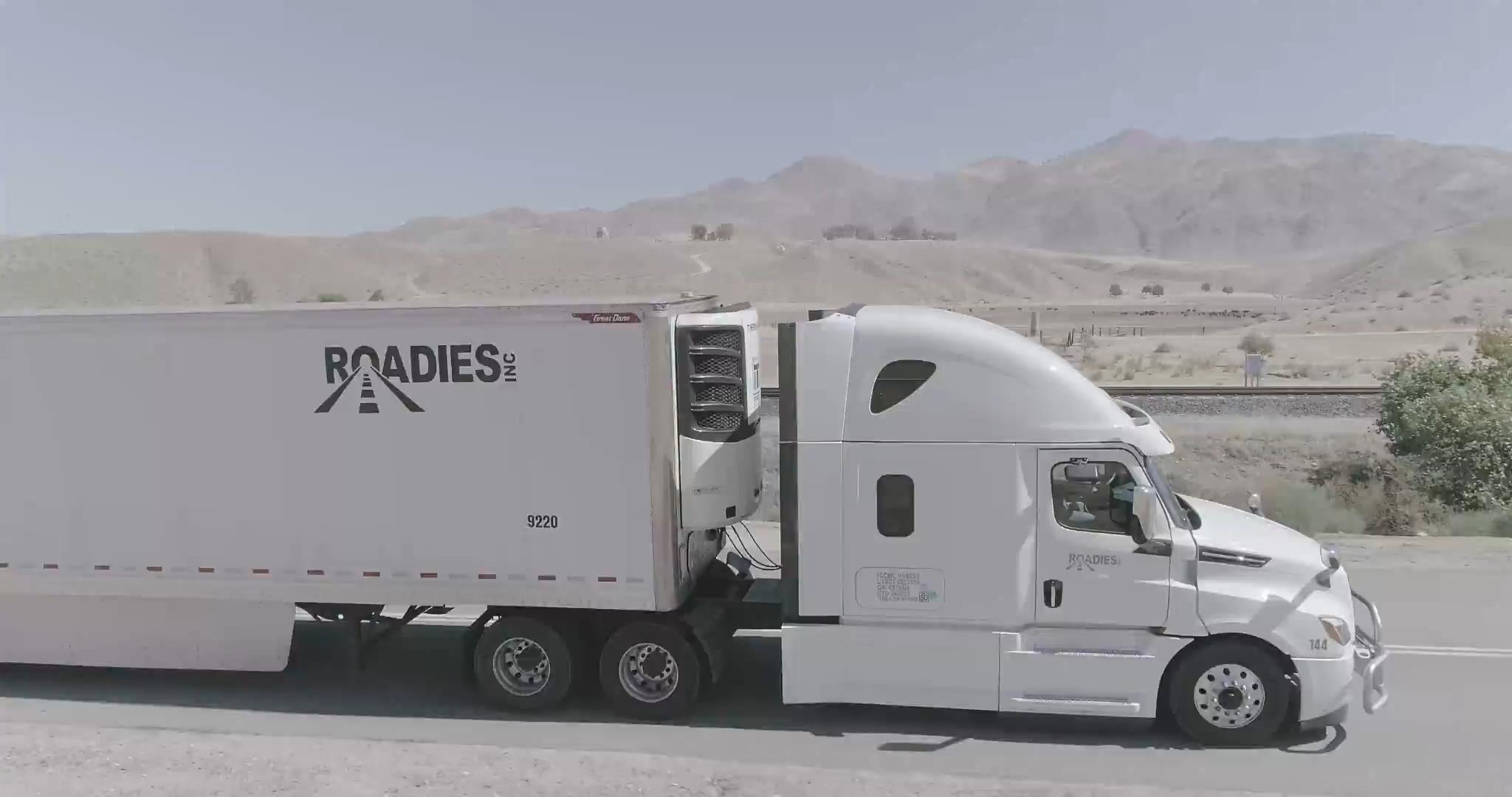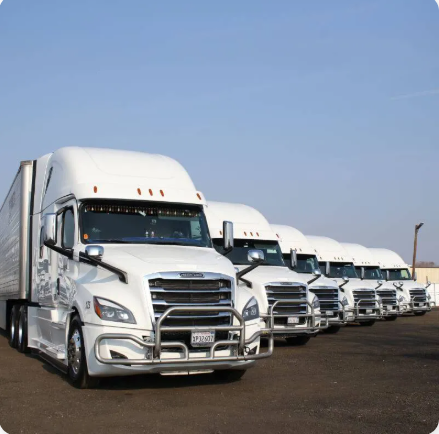In today’s global marketplace, businesses depend on smooth and efficient freight logistics to move goods across borders. Whether it’s car parts from Germany, electronics from China, or fresh produce from Mexico—goods are constantly on the move. Behind the scenes, an entire system of shipping logistics and supply chain logistics makes sure products arrive on time, in good condition, and at the right price.
But there’s one thing that can disrupt this whole process—and it often goes unnoticed by the average person. That thing is a tariff.
So, what exactly is a tariff?
Tariffs are extra charges or taxes that one country puts on products coming in from another country. Governments often use them to protect their local businesses or as a response to political or trade issues. While tariffs may sound like a government or trade issue, they have a direct effect on everyday business—especially when it comes to shipping and logistics.
This blog will break down how tariffs work, how they impact freight logistics, and why businesses need to be prepared for the ripple effects. We’ll keep it simple and easy to follow—no jargon, just real-world language that makes sense.
1. Tariffs Increase the Cost of Goods
One of the first things tariffs do is increase costs.
When a tariff is placed on an imported good, it becomes more expensive for businesses to buy that product from another country. For example, if the U.S. places a 20% tariff on steel from China, that steel now costs 20% more than before.
How this affects logistics:
Freight logistics providers now have to move more expensive goods, which can change how customers choose to ship them.
Businesses may look for cheaper alternatives, meaning supply chain logistics teams need to find new suppliers.
Routes may shift, and shipping logistics providers need to adjust to new trade patterns.
So while the tariff is technically on the product, the effects spill over into the entire logistics system.
2. Changing Trade Routes and Shipping Strategies
Tariffs often force companies to change where they buy their goods. If it’s too expensive to import from one country, they might turn to another. That shift might sound simple, but it creates a domino effect.
Real-world impact:
A clothing brand that used to source fabric from China may start buying from India or Vietnam to avoid tariffs.
This means different ports, longer shipping times, and new freight logistics challenges.
Customs processes may also be different, requiring updated paperwork and tracking systems.
For logistics companies, it’s like changing the rules mid-game. Everything from warehouse locations to delivery schedules might need to be adjusted.
3. Disruptions in Supply Chain Planning
Supply chain logistics depends on planning. When businesses know how long it takes for goods to arrive and what it will cost, they can make smarter decisions.
Tariffs throw a wrench into that process.
Why?
Because tariffs are unpredictable. They can be announced quickly and without warning—especially during political or trade disagreements.
The result?
Companies may stockpile goods to avoid future tariffs, creating storage issues.
Others may delay shipments while they wait for policy changes.
Freight companies might suddenly face surges in demand followed by sharp drops.
This lack of stability makes it hard for everyone involved in the logistics chain to do their jobs efficiently.
4. Impact on Small and Mid-Sized Businesses
Big companies usually have the tools and resources to manage changes in tariffs effectively. They can hire legal teams, diversify suppliers, or absorb extra costs.
But for small and mid-sized businesses, it’s not so easy.
They rely heavily on affordable shipping options.
Profit margins can be rapidly lowered by a little increase in tariffs.
Sudden changes in freight logistics routes or customs procedures can delay deliveries and upset customers.
In short, tariffs can hit these businesses the hardest, making it even more important for them to work with experienced shipping logistics providers who can help them navigate the changes.
5. Customs and Compliance Complications
With tariffs comes more paperwork.
When goods are subject to tariffs, the customs process becomes more detailed and time-consuming. Businesses need to provide proof of origin, item classification, and tariff codes—mistakes can be costly.
For logistics providers:
More time is spent at borders or ports.
Delays become more common.
Customers may need help understanding shipping rules.
This means freight logistics teams must stay updated on trade regulations and work closely with clients to avoid delays.
6. Demand for Nearshoring and Domestic Sourcing
Many businesses are opting to move production closer to home in order to avoid tariffs. This practice is known as “nearshoring,” which involves shifting production to a neighboring nation, or “reshoring,” which involves returning production to the nation where the business is based.
What this means for logistics:
Less reliance on long-haul international shipping.
Increased attention to domestic distribution, warehousing, and trucking.
Freight logistics shifts from international air and ocean freight to regional and local delivery.
While this can simplify some aspects of supply chain logistics, it also means logistics providers need to adjust their services and networks.
7. Tariffs Lead to Strategic Planning
In the long run, companies seek to minimize sudden costs and delivery delays. This is where smart logistics planning comes in.
More companies are now:
Building multiple supplier relationships to spread risk.
Using technology to monitor changes in trade and tariffs.
Working with trusted shipping logistics providers to ensure flexible and efficient delivery options.
Being proactive—not reactive—is the new rule in today’s tariff-heavy trade environment.
Conclusion: Tariffs May Be Hidden, But Their Impact Isn’t
Tariffs may seem like a distant political issue—something decided in government offices far away—but in reality, they ripple through the everyday operations of businesses around the globe. Whether you’re importing raw materials or exporting finished products, tariffs can silently shape your costs, delivery schedules, and supply chain strategies.
They affect everything from:
The price you pay to move goods
Which countries you choose to trade with
The duration required for the arrival of shipments
How you plan your inventory and warehousing
These shifts may not be obvious at first, but they build up quickly. A sudden change in tariff policy can throw off carefully built timelines and budgets. For companies managing international trade, it’s not just about adapting—it’s about staying a step ahead.
Whether you’re a small business owner shipping products locally or a global corporation managing complex freight logistics, tariffs play a role in the decisions you make every day. One policy change can mean the difference between profit and loss—or between an on-time delivery and a missed deadline.
That’s why understanding tariffs, monitoring trade policies, and partnering with reliable shipping logistics experts is no longer optional—it’s essential. Businesses that are proactive, flexible, and informed are the ones that will thrive in this new environment.
This is where supply chain logistics comes in as a powerful tool—not just for moving goods, but for moving your business forward. When your logistics operations are agile and prepared, you can adjust quickly, manage risks, and continue to deliver value to your customers—no matter what trade challenges arise.
So, while tariffs may be hidden costs, their impact is anything but invisible. The companies that recognize this—and take action—will be the ones who lead the way in global commerce.




